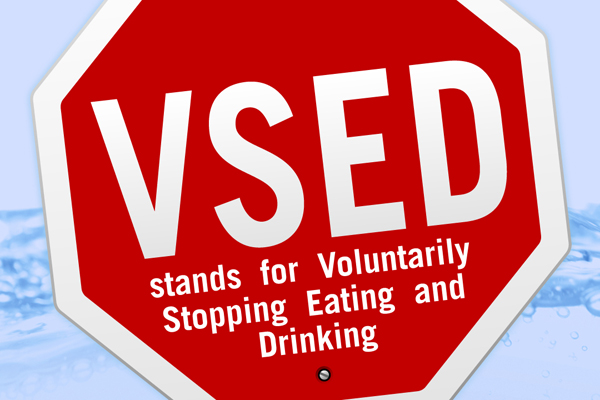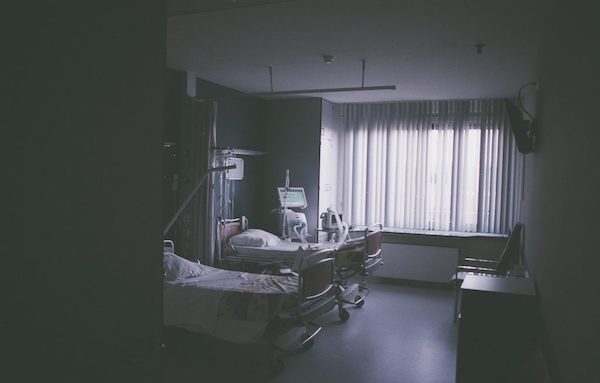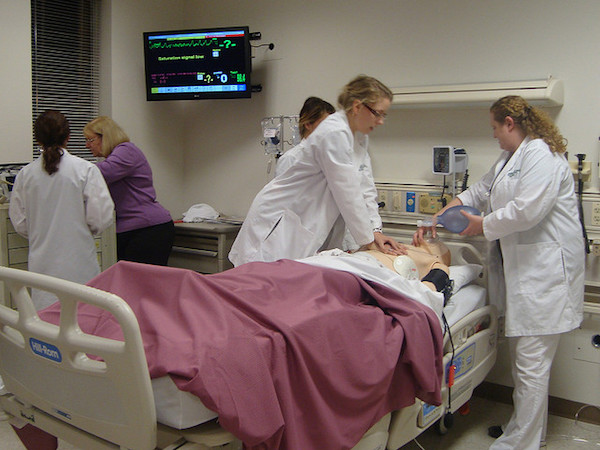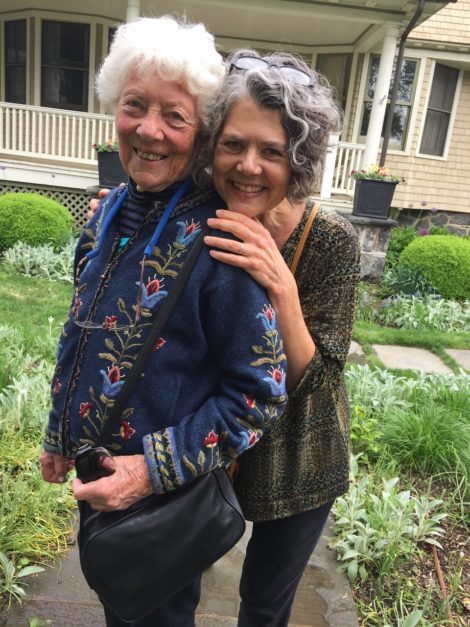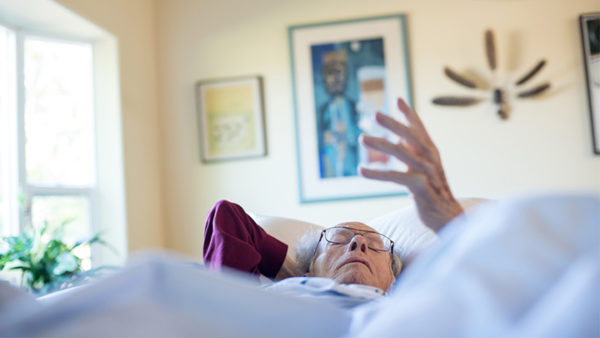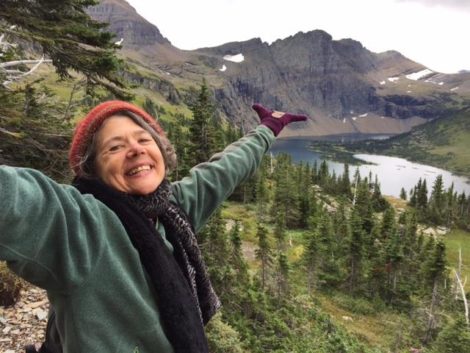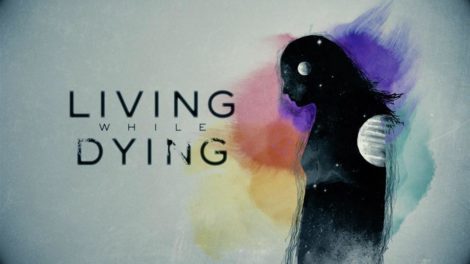A Way to Speed Up Dying, Without Asking Permission
By Paula Span
Del Greenfield had endured repeated bouts of cancer over four decades, yet kept working as a peace activist in Portland, Ore., into her 80s. “She was a powerful force,” said her daughter, Bonnie Reagan.
But in 2007, Ms. Greenfield was struggling. She had been her husband’s caregiver until he died that year at 97, never telling her family she was feeling miserable herself. She’d lost much of her hearing. She required supplemental oxygen.
When she fell and broke an arm, “that was the final straw,” her daughter said. “She was a real doer, and she couldn’t function the way she wanted to. Life wasn’t joyful anymore.”
At 91, Ms. Greenfield told her family she was ready to die. She wanted a prescription for lethal drugs, and because she had active cancer, she might have obtained one under Oregon’s Death with Dignity statute for people with terminal illnesses.
Then her son-in-law, a family physician who had written such prescriptions for other patients, explained the somewhat involved process: oral and written requests, a waiting period, two physicians’ assent.
“I don’t have time for that,” Ms. Greenfield objected. “I’m just going to stop eating and drinking.”
n end-of-life circles, this option is called VSED (usually pronounced VEEsed), for voluntarily stopping eating and drinking. It causes death by dehydration, usually within seven to 14 days. To people with serious illnesses who want to hasten their deaths, a small but determined group, VSED can sound like a reasonable exit strategy.
Unlike aid with dying, now legal in five states, it doesn’t require governmental action or physicians’ authorization. Patients don’t need a terminal diagnosis, and they don’t have to prove mental capacity. They do need resolve.
“It’s for strong-willed, independent people with very supportive families,” said Dr. Timothy Quill, a veteran palliative care physician at the University of Rochester Medical Center.
He was speaking at a conference on VSED, billed as the nation’s first, at Seattle University School of Law this month. It drew about 220 participants — physicians and nurses, lawyers, bioethicists, academics of various stripes, theologians, hospice staff. (Disclosure: I was also a speaker, and received an honorarium and some travel costs.)
What the gathering made clear was that much about VSED remains unclear.
Is it legal?
For a mentally competent patient, able to grasp and communicate decisions, probably so, said Thaddeus Pope, director of the Health Law Institute at Mitchell Hamline School of Law in St. Paul, Minn. His research has found no laws expressly prohibiting competent people from VSED, and the right to refuse medical and health care intervention is well established.
Still, he pointed out, “absence of prohibition is not the same as permission.” Health care professionals can be reluctant to become involved, because “they want a green light, and there isn’t one of those for VSED,” he added.
The question grows much murkier for patients with dementia or mental illness who have specified VSED under certain circumstances through advance directives. Several states, including Wisconsin and New York, forbid health care surrogates to stop food and fluids. (Oregon legislators, on the other hand, are considering drafting a bill to allow surrogates to withhold nutrition.)
The question intrigues bioethicists. Can your current competent self cut off nutrition and hydration for your future demented self? In a handful of court decisions, judges have declined to enforce such directives.
Can VSED be comfortable and provide a peaceful death?
“The start of it is generally quite comfortable,” Dr. Quill said he had found, having cared for such patients. The not-eating part comes fairly easily, health professionals say; the seriously ill often lose their appetites anyway.
Coping with thirst can be much more difficult. Yet even sips of water prolong the dying process.
“You want a medical partner to manage your symptoms,” Dr. Quill said. “It’s harder than you think.”
Keeping patients’ mouths moistened and having aggressive pain medication available make a big difference, health professionals say.
At the conference, the Dutch researcher Dr. Eva Bolt presented results from a survey of family physicians in the Netherlands, describing 99 cases of VSED. Their patients (median age: 83) had serious diseases and depended on others for everyday care; three-quarters had life expectancies of less than a year.
In their final three days, their doctors reported, 14 percent suffered pain, and smaller percentages experienced fatigue, impaired cognition, thirst or delirium.
Still, 80 percent of the physicians said the process had unfolded as the patients wanted; only 2 percent said it hadn’t. The median time from the start of their fasts until death was seven days.
Those results mirror a 2003 study of hospice nurses in Oregon who had cared for VSED patients. Rating their deaths on a scale from 0 to 9 (a very good death), the nurses assigned a median score of 8. Nearly all of the patients died within 15 days.
The slower pace of death from fasting, compared with ingesting barbiturates, gives people time to say goodbye and, for the first few days, to change their minds. Several conference speakers described patients who had fasted and stopped a few times before continuing until death.
That’s hard on families and caregivers, though. And slowness won’t benefit people who are dying with severe shortness of breath or pain. “Two weeks is a lifetime in that situation,” Dr. Quill said.
Other obstacles could restrict VSED. A quiet choice in a private home, it could be derailed in nursing homes and assisted living facilities where administrators fear lawsuits or regulatory sanctions. Physicians might decline to participate; home care aides might quit.
Moreover, major religious groups have yet to declare whether they consider VSED an acceptable act of self-determination or a suicide, anathema in most faiths.
Phyllis Shacter and her husband, Alan Alberts, a computer scientist who received a Alzheimer’s disease diagnosis in 2011, had few doubts, however. VSED allowed him to escape the disease that had slowly killed his mother.
No state allows a person with dementia to use a “death with dignity” law, but with support from his wife, doctor and two caregivers, Mr. Alberts, 76, died peacefully at home in 2013 after a nine-day fast.
“I’m glad my husband fulfilled his desire not to live into the final stages of Alzheimer’s,” Ms. Shacter said.
On the other hand, Judith Schwarz, clinical coordinator of End of Life Choices New York, told of an 81-year-old attempting VSED with inadequate pain medication, crying out to his wife at night, “I’m dying of thirst.”
“And of course, he was, but slowly,” Dr. Schwarz said. “This was a horror show.”
Del Greenfield fared better. “She didn’t use any medicines, just some oxygen,” her daughter said. Ms. Greenfield’s children, grandchildren and great-grandchildren came to see her, and “she was completely peaceful, chatting and joking and telling people she loved them.”
She announced that she had one regret. “We all leaned in,” Bonnie Reagan said. “And she said, ‘I wish I’d seen the Rolling Stones the last time they came to Portland.’”
On the fifth day of fasting, “she just fell asleep,” and died about 36 hours later.
Complete Article ↪HERE↩!

